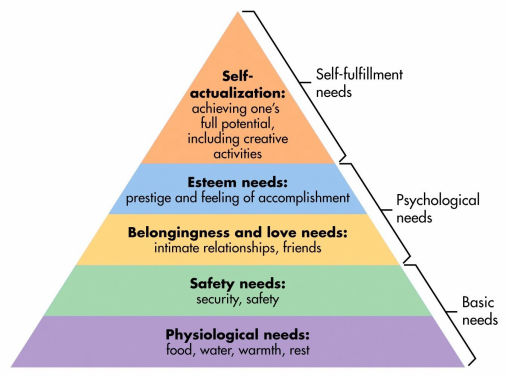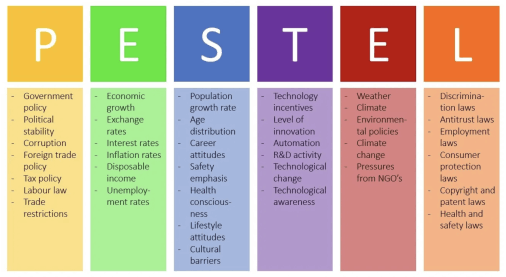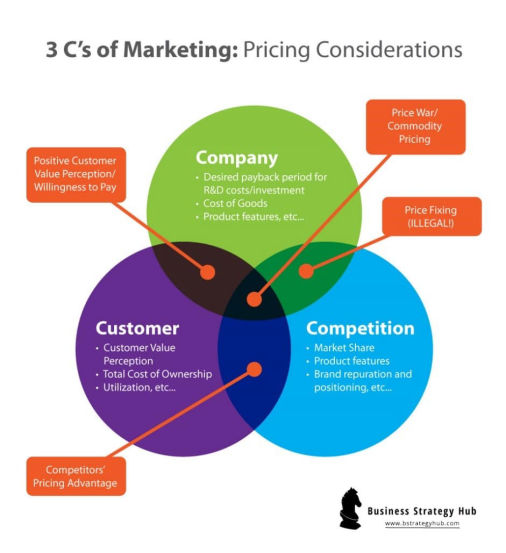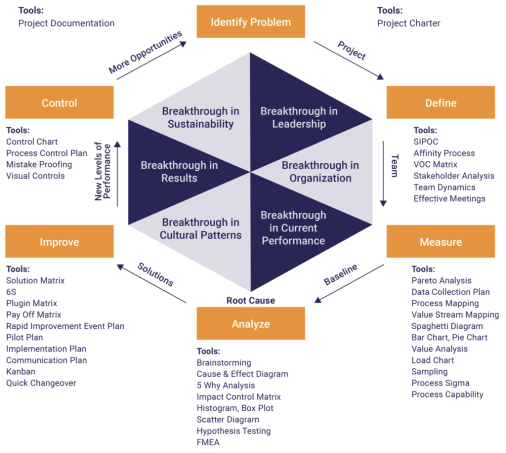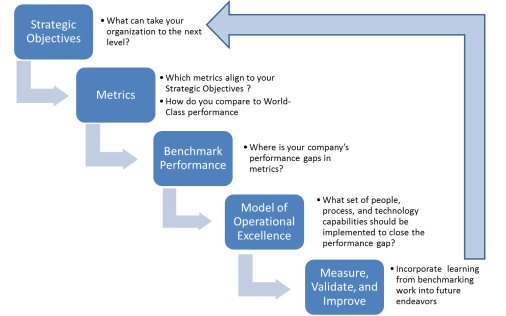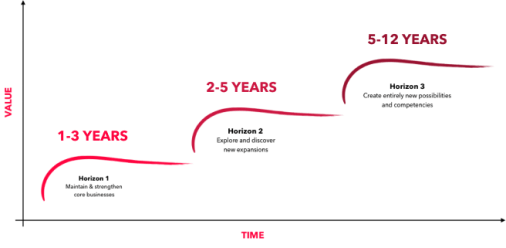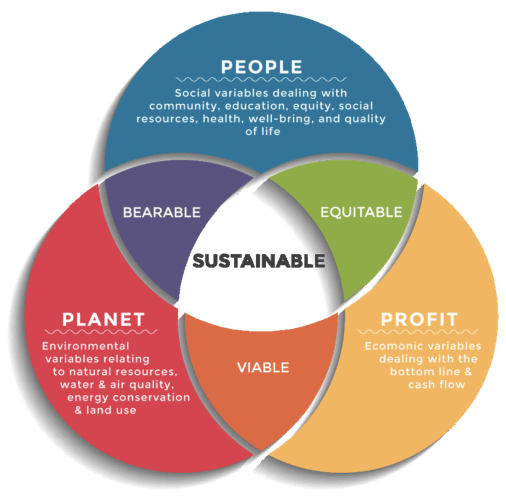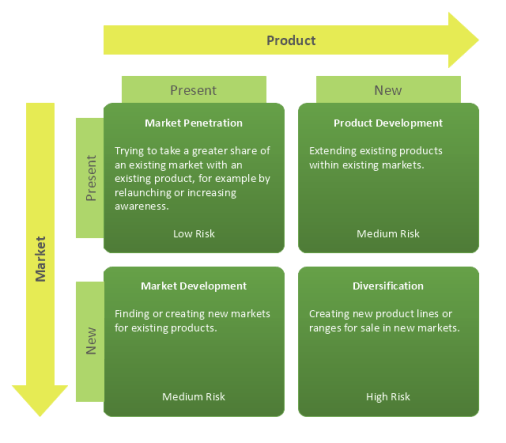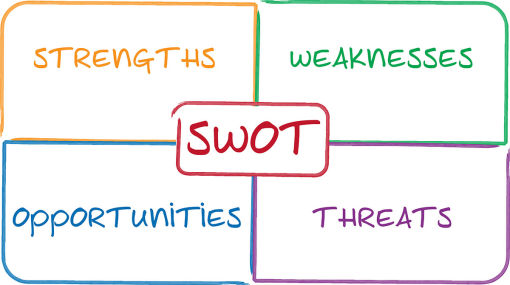
SWOT Analysis
SWOT analysis (or SWOT matrix) is a strategic planning technique used to help a person or organization identify strengths, weaknesses, opportunities, and threats related to business competition or project planning.
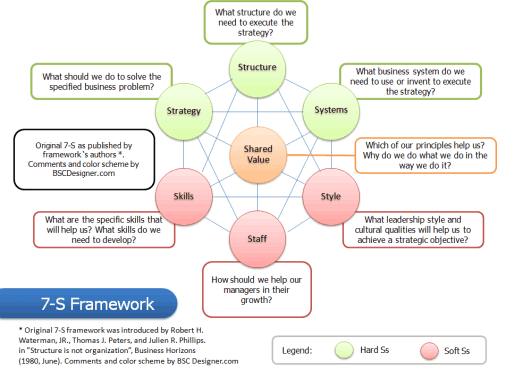
McKinsey's 7S
The model was developed in the late 1970s by Tom Peters and Robert Waterman, former consultants at McKinsey & Company. They identified seven internal elements of an organisation that need to align for it to be successful.
Strategy: this is your organisation's plan for building and maintaining a competitive advantage over its competitors.
Structure: this how your company is organised (that is, how departments and teams are structured, including who reports to whom).
Systems: the daily activities and procedures that staff use to get the job done.
Shared values: these are the core values of the organisation, as shown in its corporate culture and general work ethic. They were called "superordinate goals" when the model was first developed.
Style: the style of leadership adopted.
Staff: the employees and their general capabilities.
Skills: the actual skills and competencies of the organisation's employees.

MECE
MECE is an acronym for the phrase Mutually Exclusive, Collectively Exhaustive. Put simply, it is a principle that will help you sharpen your thinking and simplify complex ideas into something that can be easily understood. MECE is a principle used by management consulting firms to describe a way of organizing information. MECE is a systematic problem-solving framework that helps to solve complex problems.
It was developed in the late 1960s by Barbara Minto at McKinsey & Company and underlies her Minto Pyramid Principle

